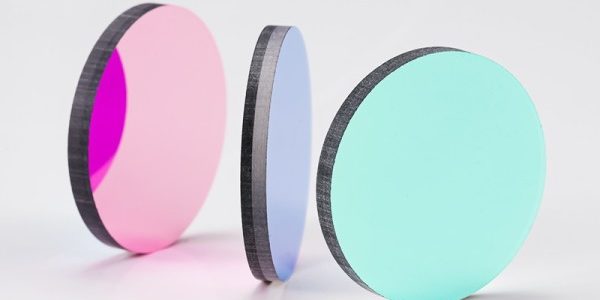Optical filters may not be as well-known as lenses or mirrors, but they play a crucial role in modern technology, science, and everyday life. From enhancing the clarity of images in cameras to enabling cutting-edge scientific discoveries, optical filters are indispensable tools. This article dives into what optical filters are, their types, applications, and importance in various fields.
What Are Optical Filters?
At their core, optical filters are devices that selectively transmit or block certain wavelengths of light while allowing others to pass through. They are commonly made of glass, plastic, or quartz substrates coated with thin films of materials that manipulate light through reflection, absorption, or interference.
By controlling which wavelengths of light reach a detector, sensor, or human eye, optical filters improve performance, accuracy, and functionality in optical systems.
Types of Optical Filters
Optical filters are categorized based on how they interact with light:
1. Absorptive Filters
These filters use materials that absorb specific wavelengths while allowing others to pass. Commonly made from dyed glass or plastic, they are simple, cost-effective, and widely used in non-demanding applications.
2. Reflective or Dichroic Filters
Reflective filters, also known as interference filters, rely on thin-film coatings to reflect unwanted wavelengths while transmitting desired ones. They are more precise than absorptive filters and are often used in high-performance systems like fluorescence microscopy.
3. Bandpass Filters
Bandpass filters transmit a specific range of wavelengths while blocking those outside this range. For example:
Narrowband Filters:Allow a very tight range of wavelengths, crucial in applications like laser spectroscopy.
Broadband Filters:Permit a wider range, useful in general imaging and light measurement.
4. Long-Pass and Short-Pass Filters
Long-Pass Filters:Transmit wavelengths longer than a specified cutoff point and block shorter ones.
Short-Pass Filters:Allow shorter wavelengths through and block longer ones.
These filters are essential in separating visible and infrared light, such as in photography and thermal imaging.
5. Neutral Density (ND) Filters
ND filters reduce the intensity of light without altering its color balance. These are common in photography and videography to manage exposure.
6. Polarizing Filters
These filters control light based on its polarization, reducing glare and reflections. They are essential in displays, photography, and stress analysis.
Key Applications of Optical Filters
Optical filters are everywhere, though often invisible to the layperson. Here’s how they impact various domains:
1. Consumer Electronics
Cameras:Filters enhance image quality by blocking UV or IR light, reducing glare, or emphasizing specific colors.
Displays:Polarizing filters in LCDs ensure clear, vibrant screens.
2. Healthcare and Life Sciences
Medical Imaging:Filters improve the accuracy of CT scans, MRIs, and fluorescence imaging.
Diagnostics:Narrowband filters are crucial in detecting biomarkers in blood samples or during optical surgeries.
3. Scientific Research
Astronomy:Filters isolate specific spectral lines, aiding in the study of distant stars and galaxies.
Laser Applications:Specialized filters protect instruments and researchers from harmful laser wavelengths.
4. Environmental Monitoring
Air Quality Sensors:Detecting pollutants like CO₂ or methane often requires precise optical filtering.
Water Quality Testing:Filters enable the detection of specific contaminants through spectroscopic analysis.
5. Industrial and Automotive
LiDAR Systems:Filters are key in managing the wavelength of laser light used in autonomous vehicles.
Machine Vision:Enhances accuracy in automated manufacturing by isolating relevant light.
Optical Filters in Everyday Life
You’ve likely encountered optical filters without realizing it:
Sunglasses use polarizing filters to reduce glare.
Remote Controls use filters to ensure infrared signals reach the receiver without interference.
Smartphones employ IR cut-off filters to enhance photo quality.
Future Trends in Optical Filters
The demand for optical filters is growing alongside advancements in technology. Areas like augmented reality (AR), virtual reality (VR), and quantum computing rely on highly sophisticated optical filtering systems. Innovations in materials science, such as nanostructured coatings, are pushing the boundaries of filter performance, enabling higher precision and miniaturization.
Conclusion
Optical filters, though often overlooked, are vital to modern optics. Their ability to manipulate light enables breakthroughs in science, technology, and industry while improving the quality of everyday devices. As technology evolves, so too will the versatility and importance of optical filters, cementing their role as unsung heroes in our increasingly light-dependent world.












